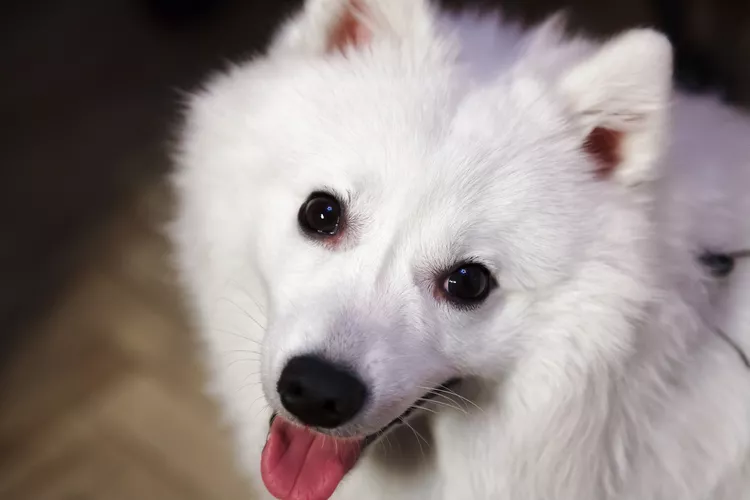
The Japanese spitz is a small companion breed developed in Japan with a white, fluffy coat. Spitz breeds, also called Northern breeds, are a type of dog commonly found in cold and snowy regions. Like most spitz breeds, the Japanese spitz has a thick double coat, a wedge-shaped head, upright triangular ears, and a long tail that curls up and over the back.
The friendly and fun-loving Japanese spitz is the consummate family dog. Cheerful, quiet, and clean, they are ideal house dogs, which is a good thing because there is nothing they want more than to be inside with their families. The Japanese spitz’s small size and moderate energy level make it an ideal apartment dog. Most Japanese spitz get along great with other dogs, cats, and respectful children.
Group: Non-Sporting
Weight: 10 to 25 pounds
Height: 12 to 15 inches tall at the shoulder
Coat: A straight and stand-off outer coat paired with a short, soft, dense undercoat
Coat Color: Pure white
Lifespan: 12 to 14 years
Temperament: Playful
Hypoallergenic: No
Origin: Japan
Japanese spitz are happy, little dogs that make wonderful companions, especially for your kids! They have a gentle temperament, are easy to train, and are perfectly content in a smaller home or apartment.
These fluffy friends are smart and a great deal of fun. Please note: these small dogs have a louder bark than you'd imagine, so don't be startled when you hear it.
The Japanese spitz was developed in Japan in the 1920s and 1930s by crossbreeding other spitz-type dogs that were imported from various locations, including Australia, Canada, China, Siberia, and the United States. After several decades of crossbreeding the various spitz breeds, a small, fluffy, white spitz breed was recognized in 1948 and called the Japanese spitz. Although records of the specific breeding program were kept, they were destroyed during World War II, so the exact details are unknown. The breeds thought to be used for the development of the Japanese spitz include white German spitz, klein wolfsspitz (also known as the Keeshond), and various miscellaneous white spitz-type breeds.
In the United States, the Japanese spitz is recognized by the United Kennel Club, where it is part of the Northern Breeds group. The Japanese spitz is also part of the Foundation Stock Service in the American Kennel Club, which is the first step toward eventual full recognition. The breed is also recognized by the Canadian Kennel Club (Non-Sporting Dogs group), the Japan Kennel Club, and the international kennel club Fédération Cynologique International.
The Japanese spitz’s thick, fluffy, luxurious white coat is surprisingly easy to care for. No trimming is required and the dog tends to look and feel clean with only occasional baths, as the hair naturally repels dirt.
Although Japanese spitz have plenty of energy, they don’t need huge amounts of exercise. A Japanese spitz enjoys daily walks, so couple these with some play sessions in the backyard, and your dog will be happy. If you live in an apartment, it’s especially important to get your Japanese spitz out of the house for walks and exploration. The Japanese spitz's small size makes it very portable, and they love to accompany their people on excursions outside the house.
Twice a year, the Japanese spitz experiences a seasonal heavy shed, losing much of its undercoat over the course of a few weeks. Often called blowing coat, some extra brushing is needed during this time to cut down on how much hair ends up on your furniture and clothing. However, the rest of the year, the Japanese spitz sheds less than you might think and requires only weekly brushing. Keep its nails short by trimming them weekly or every other week. Inspect your Japanese spitz’s ears weekly and clean with a pet ear cleaner when they look dirty. It is also good to pay attention to dental hygiene and brush your dog's teeth two to three times per week.
The Japanese spitz is very smart, and this breed wants to please, so they can be easy to train as long as you find the right motivation. Some Japanese spitz might do anything for a tasty treat; others might be more motivated by their favorite toy. Keep training sessions short and sweet, always ending on a positive note. It’s important to start socializing your spitz early in puppyhood to avoid excessive shyness and nervousness about new people, places, and things. Although they are small, resist the urge to baby your dog and carry it everywhere—let it walk on its own four paws and experience the world up close and personal. This will allow your spitz to develop the confidence needed to be a well-adjusted adult dog.
The Japanese spitz is an extremely healthy breed with a long lifespan. Reputable breeders have their adult Japanese spitz evaluated for luxating patellas to avoid passing on this issue, which is known to occasionally appear in the breed.
Feed your Japanese spitz a high-quality dog food (ask your breeder or veterinarian for a recommendation) and be sure to portion out meals with a measuring cup or scale to avoid overfeeding. Free feeding (leaving food out all day) can lead to weight gain; feeding scheduled meals twice a day is healthier. Being overweight can exacerbate joint issues, and lead to other health problems like diabetes.
The Japanese spitz is a rare breed in North America. Some adults might find their way into rescue, but usually, people wanting to bring home a Japanese spitz will be buying a puppy from a reputable breeder. The Japanese Spitz Club of the USA publishes a directory of breeders on its website. Be prepared to get on a waiting list, as there aren't many Japanese spitz breeders in North America.
Good apartment dog
Clean, easy-care coat
Friendly with people and pets
May be wary of strangers
Some may be problem barkers
Doesn’t do well alone
If you like the Japanese spitz, you might also like these breeds:
Otherwise, check out all of our other dog breed articles to help you find the perfect dog for you and your family.
Yes! These friendly little fur beasts can have a hard time when they are left alone. Owners must be mindful of this when they adopt this breed.
No, it is very rare that this breed would be any color other than pure white.
You're not seeing things, it does! It has longer hair around its head, neck, and shoulders, and both genders have this fur pattern.
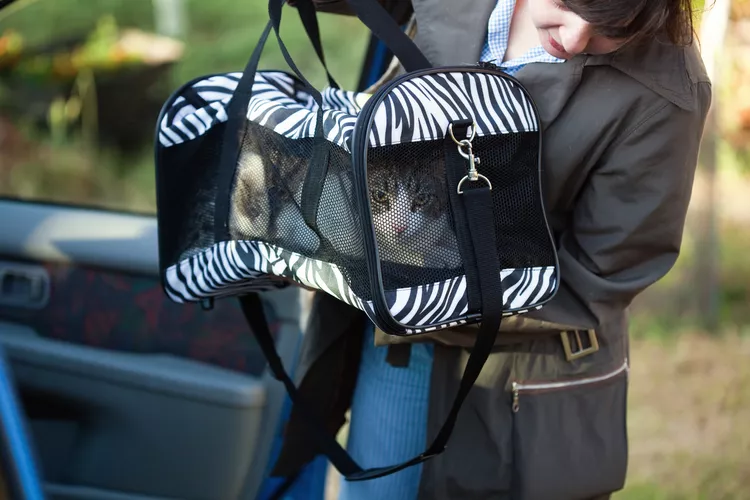
How to Take a Car Trip With Your Cat
Think you can't travel with your cat? Think again! Traveling with your cat just takes a little preparation and planning. Here's how.
How to Determine Your Cat's Age
Determining the age of an adopted cat is just guesswork, but a vet can look at teeth, sexual maturity, fur coat, and eyes to estimate.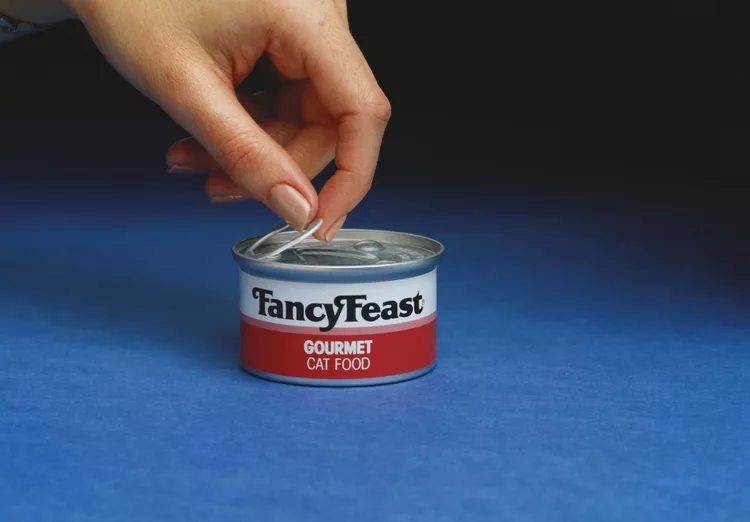
Cat Food Ingredients to Avoid
When checking the nutrition content of cat food, look for ingredients that are not healthy or show it is of poor quality. Avoid these 3 ingredients.
What You Need to Know About Homemade Cat Food
If you want to cook for your cat, make sure to read about the risks associated with homemade diets for cats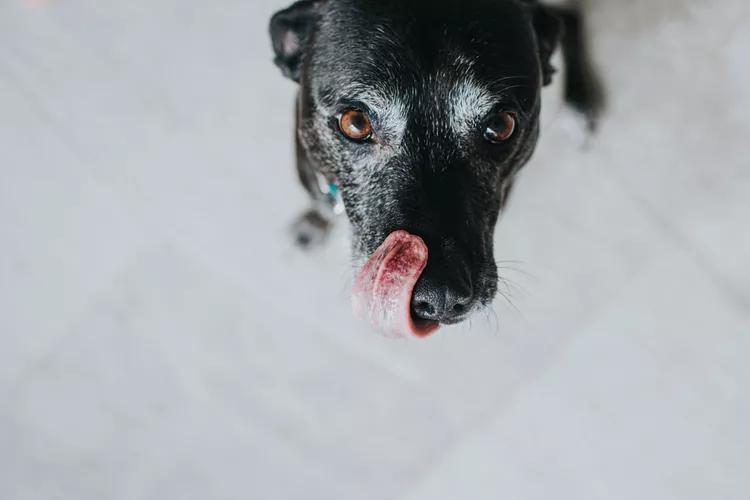
Can Dogs Eat Raw Chicken Feet?
What are the potential health benefits of chicken feet for dogs? What are the risks?
Macadamia Nuts and other Nuts That Are Toxic to Dogs
Find out why macadamia and other nuts are poisonous to dogs, what signs to look for, and what is needed to treat the toxicity.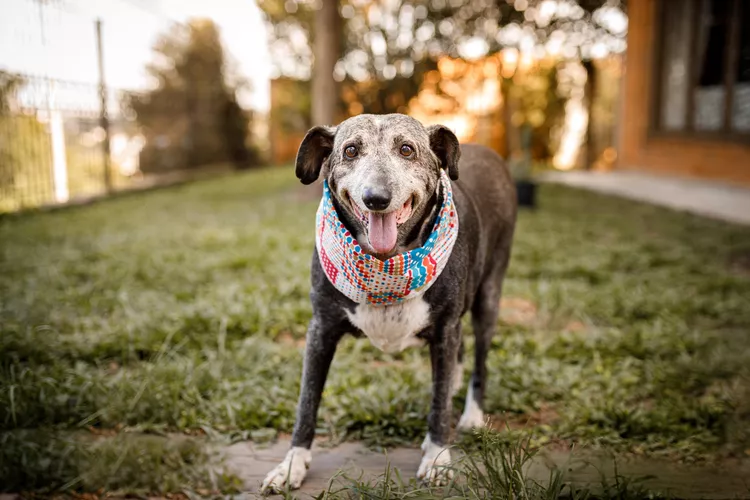
10 Tips for Taking Care of a Senior Dog
Is your dog a senior? Changes to their diet, exercise, and care are required. Here's how to make sure they're living their best and healthiest life.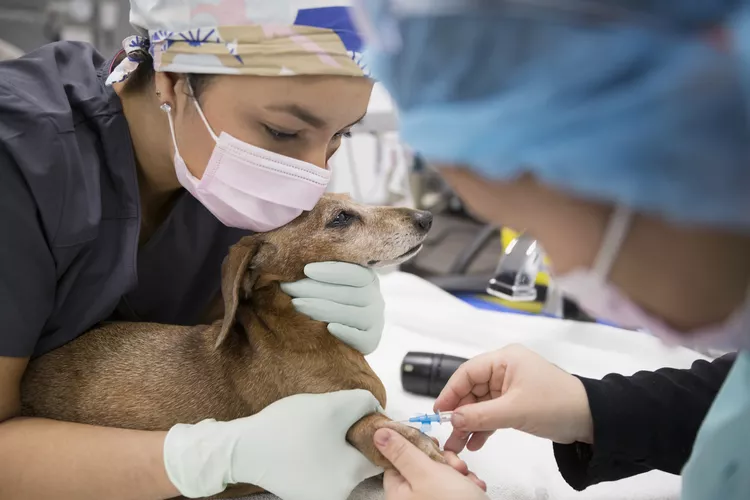
Hookworms in Dogs
Hookworms can make a dog uncomfortable but may also lead to serious blood loss and anemia. Learn the causes, treatment, and prevention.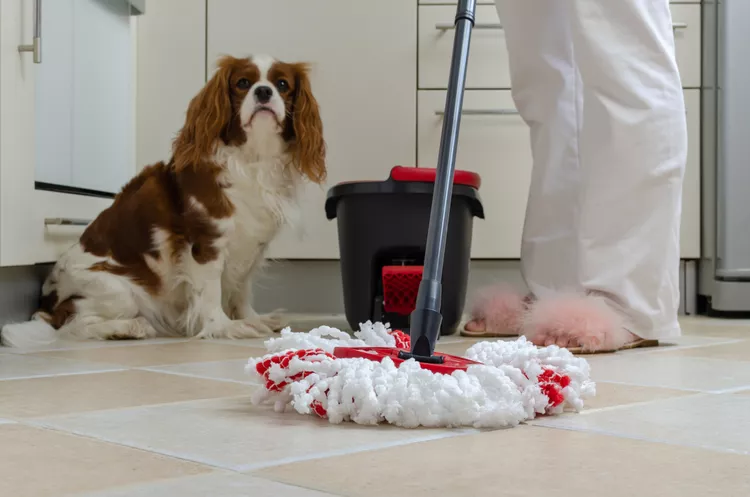
Is Swiffer WetJet Safe to Use Around My Pet?
ASPCA toxicologists deemed Swiffer WetJet to be safe for use around pets, but there are other all-natural floor cleaning options available.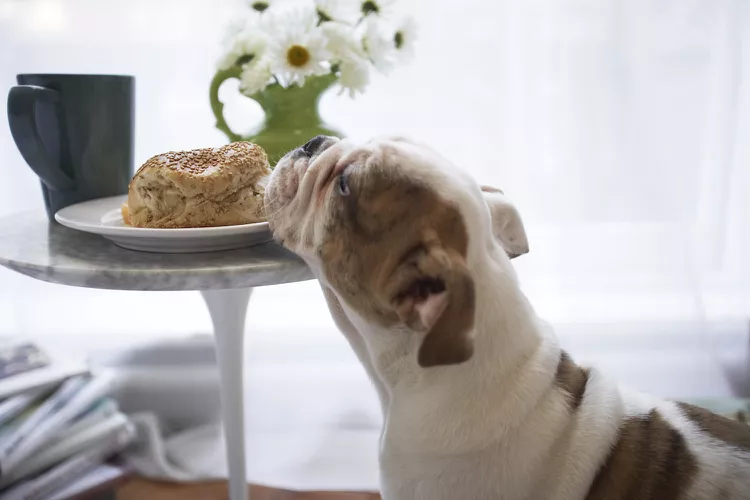
Can Dogs Eat Bread?
Is bread a safe snack for you dog? Are there kinds of bread you should avoid? Learn more about whether it's okay to feed your dog bread.
14 Hypoallergenic Cat Breeds for People With Allergies
There are no true hypoallergenic cat breeds. But some, such as the Siamese and Siberian, might be less likely to cause allergies than others.
Burmilla: Cat Breed Profile, Characteristics & Care
The playful and social burmilla is one of the newest cat breeds to be officially recognized by the CFA. Learn about burmilla breed.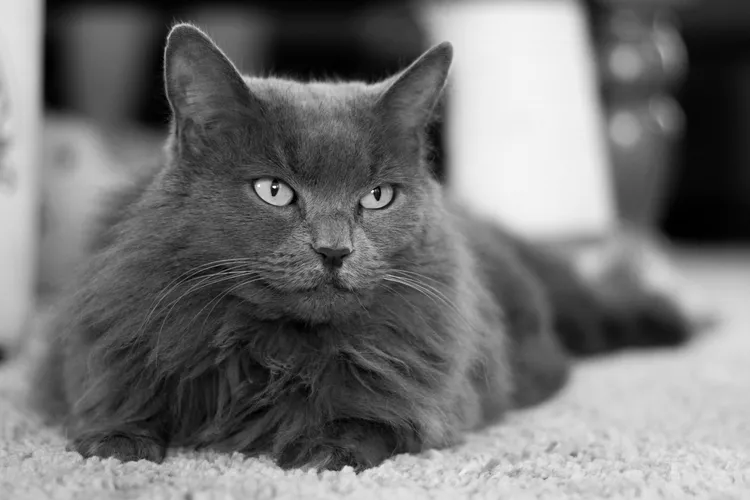
Nebelung: Cat Breed Profile, Characteristics & Care
The Nebelung is a rare breed of domestic cat that’s known for their long gray-blue fur and gorgeous green eyes. Learn about the Nebelung cat breed.
Cymric: Cat Breed Profile, Characteristics & Care
The Cymric, a long-haired Manx, is one of the world's oldest cat breeds. This tailless cat is friendly and playful. Learn about the Cymric breed.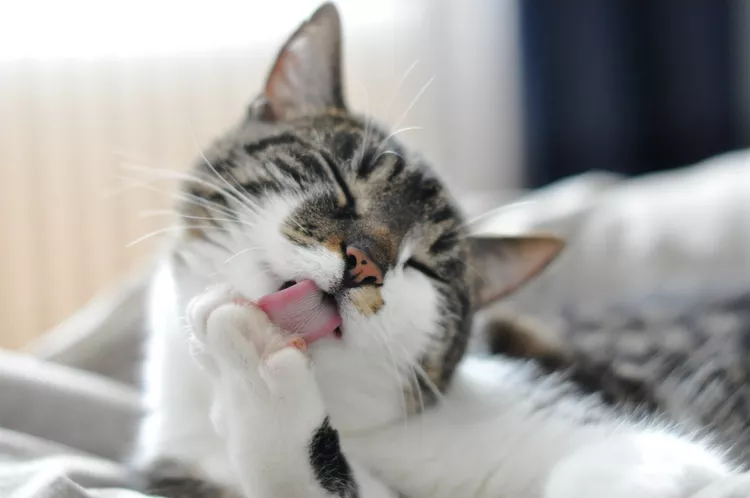
Here's Why Cats Groom Themselves
Learn all about cats' grooming habits: how and why cats groom, including mutual grooming, over-grooming, and displacement grooming!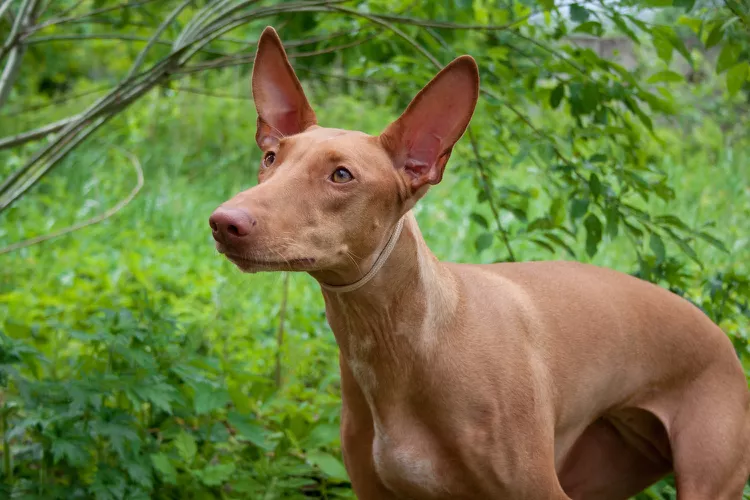
Pharaoh Hound: Dog Breed Characteristics & Care
Learn all about the Pharaoh hound, a sight hound dog breed known for their slim appearance and the ability to blush when excited.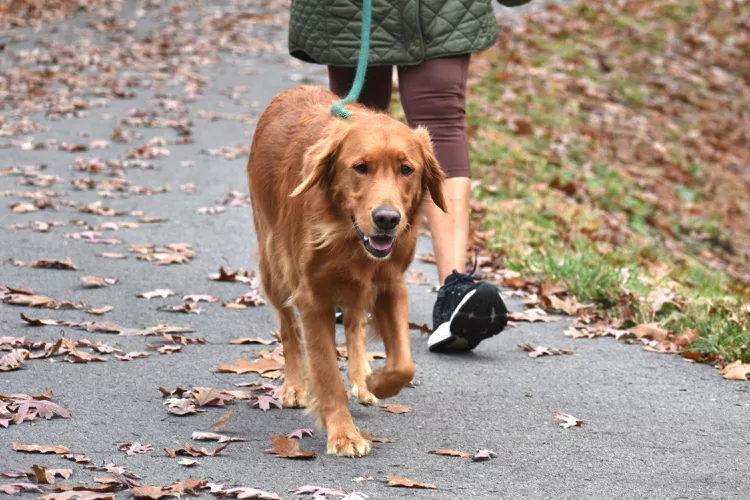
How to Walk Your Dog
Dog walks should be fun for your dog while respecting your community. Learn why walking your dog is important and get essential safety and training tips.
How to Stop Your Dog From Whining
Whining is a natural way for your dog to communicate with you. Explore the reasons dogs whine and how to discourage your dog from whining too much.
How to Stop Your Dog From Barking Excessively
All dogs bark, but excessive barking is a behavior problem. Learn how to help stop excessive barking and prevent it from happening all the time.
How to Train Your Dog to Live With Another Dog
When you add a second dog to your household, it's natural that there will be an adjustment period. Learn how to get two dogs to become acquainted.